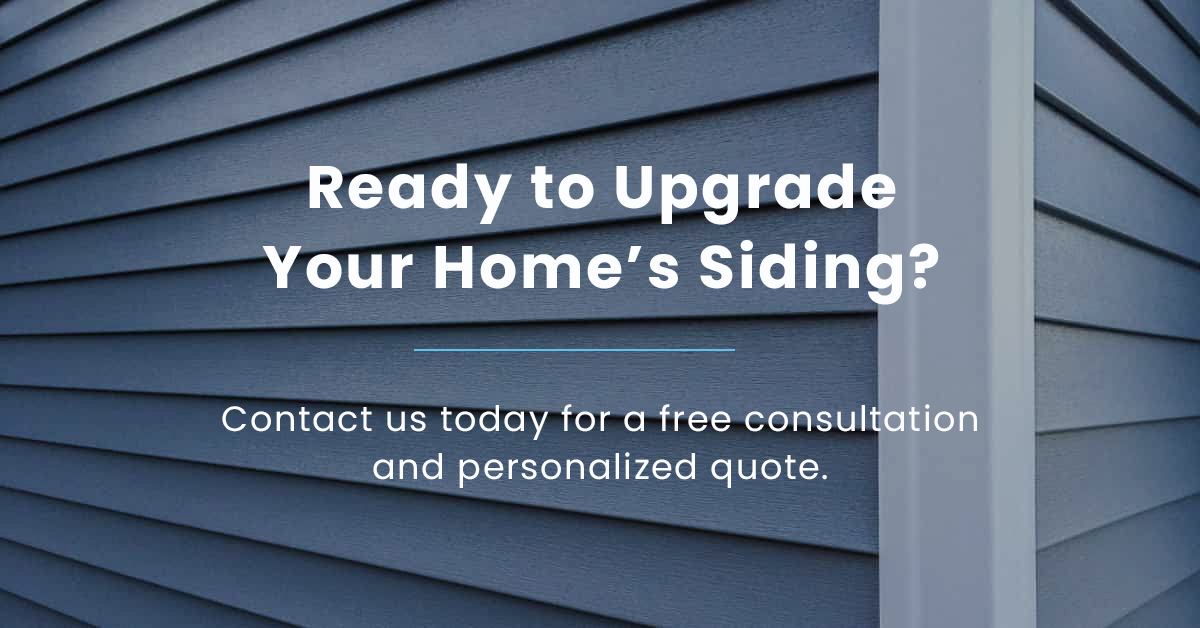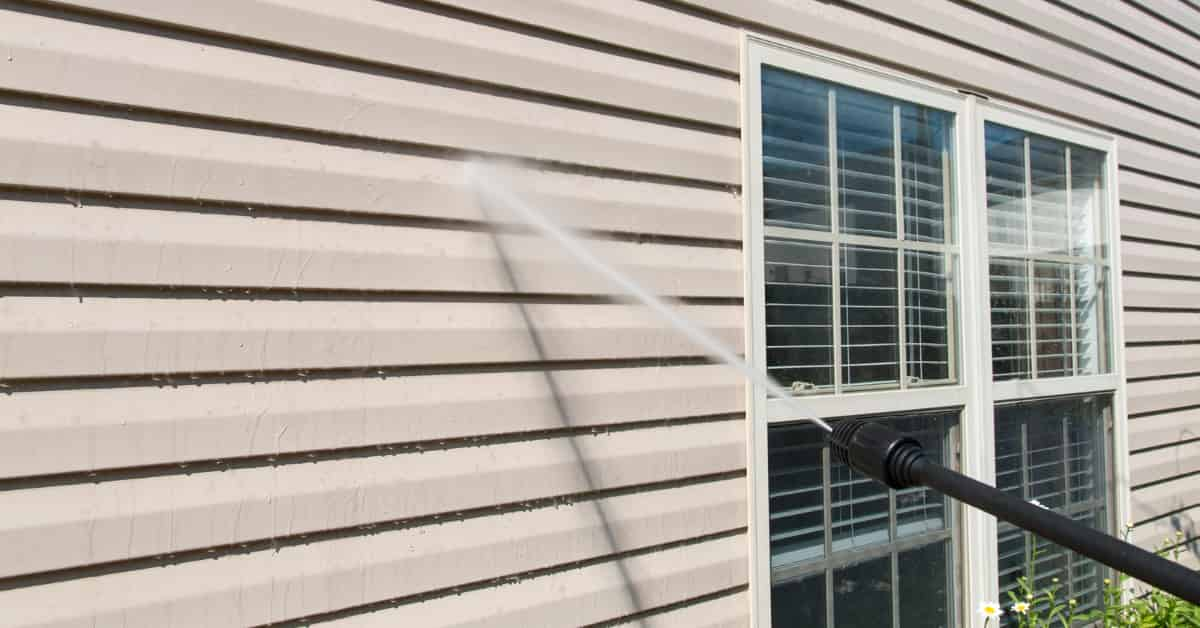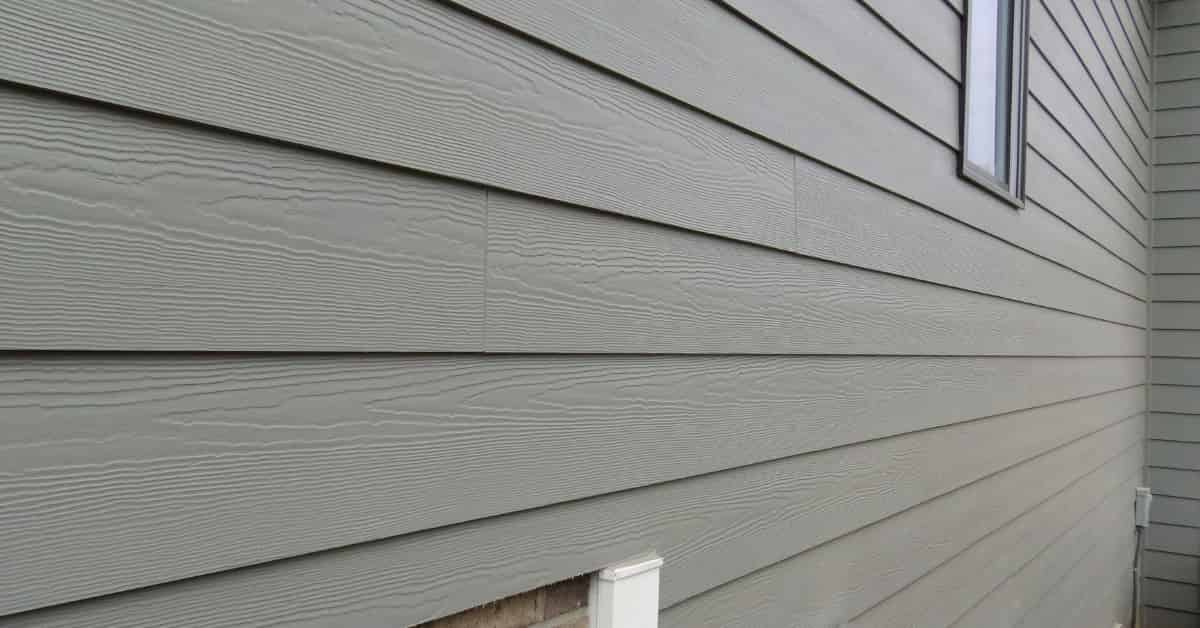Comparing James Hardie, Vinyl, and Stucco Siding: Which is Right for Your Home?
May 16, 2025Comparing James Hardie, Vinyl, and Stucco Siding: Which is Right for Your Home?
Choosing the right siding for your home is one of the most impactful decisions you’ll make as a homeowner. Your siding doesn’t just influence how your home looks, it determines how well it’s protected from the elements, how much maintenance you’ll need to keep it in good shape, and even how energy efficient your space will be. If you’re exploring siding options, you’ve probably come across three major players: James Hardie siding (also known as fiber cement), traditional vinyl siding, and stucco siding. Each of these materials offers their own unique benefits, drawbacks, and aesthetic potential.As siding experts who’ve worked on homes across various climates and architectural styles, we’ve seen firsthand how these materials perform in the real world. In this deep dive, we’ll compare James Hardie, vinyl, and stucco siding head-to-head so you can make the most informed choice for your home.
The Basics: What Are These Siding Materials Made Of?
Let’s start by breaking down the core composition of each material. James Hardie siding, the industry leader in fiber cement products, is crafted from a blend of cement, sand, and cellulose fibers. It’s engineered for strength, longevity, and resistance to environmental stressors like moisture and fire. Vinyl siding, on the other hand, is made from polyvinyl chloride (PVC) resin. It’s lightweight, flexible, and popular for its affordability and easy installation.
Stucco siding is entirely different in both appearance and composition. It’s a cement based plaster applied over a wire mesh or foam board, forming a thick, textured coating that can be smooth or rough, depending on the finish. Stucco has been used for centuries, especially in Southwestern and Mediterranean style architecture.
Durability and Longevity
Durability is where James Hardie siding really shines. It’s specifically designed to stand up to harsh climates, from heavy rains and hailstorms to extreme heat and freezing conditions. It resists swelling, cracking, and fading better than most siding options on the market. Plus, it’s non combustible, making it a top choice in fire prone regions.
Vinyl siding has come a long way in terms of resilience, but it’s still more prone to cracking under impact or warping in high heat. That said, quality vinyl products with UV protection and insulated backing can be surprisingly durable in moderate climates.
Stucco is a tough material that performs well in dry, warm environments. However, in areas with heavy rainfall or significant freeze thaw cycles, stucco can be vulnerable to cracking and water infiltration unless installed and maintained correctly. Over time, hairline cracks may appear, which need attention to prevent deeper structural damage.
Maintenance Requirements
Homeowners often ask about maintenance, and rightly so. You want your siding to look good with as little hassle as possible. James Hardie siding requires minimal upkeep. A simple rinse with a hose once or twice a year will remove dirt and debris. The baked on ColorPlus® Technology finish lasts for years without fading, and it doesn’t peel like traditional paint.
Vinyl siding is also considered low-maintenance. It never needs painting, and a quick wash can keep it looking fresh. However, vinyl panels can become loose in high winds, and damaged pieces usually need to be replaced rather than repaired.
Stucco requires a bit more attention. Small cracks need to be patched to prevent moisture problems, and the surface may require repainting every 5 to 10 years. Despite this, many homeowners love the textured look and are willing to commit to the upkeep.
Aesthetic Appeal and Design Flexibility
From a design perspective, each siding type brings something unique to the table. James Hardie siding is incredibly versatile. It comes in a variety of textures and profiles, including lap, shingle, and panel styles. You can mimic the look of wood grain without the maintenance headaches. And thanks to its durability, it holds paint color exceptionally well.
Vinyl siding has improved dramatically in recent years. While it once had a reputation for looking cheap or plastic like, today’s premium vinyl options come in a wide array of colors, textures, and designs that can mimic wood or board and batten.
Stucco provides a timeless, monolithic appearance that works beautifully on Spanish, Tuscan, and Mission style homes. It can be dyed in a wide range of colors and textures for custom finishes. But it’s not a one size fits all look, it may not complement more modern or traditional home designs as well as other siding types.
Energy Efficiency and Insulation
When it comes to insulation, all three options can perform well, if installed correctly and paired with the right underlayment. James Hardie siding is not inherently insulating but performs best when installed with a proper weather barrier and foam insulation.
Vinyl siding often comes with insulated backing that enhances energy efficiency. This foam layer can reduce thermal bridging and help maintain indoor temperatures. For homeowners looking to improve energy performance on a budget, insulated vinyl siding is a smart move.
Stucco offers natural thermal properties due to its thick, dense layers. It helps regulate temperature swings in hot climates but isn’t particularly energy efficient in colder zones unless paired with additional insulation.
Cost Considerations
Cost is always a key factor in the siding decision. Vinyl is typically the most budget friendly option both in terms of materials and installation. It’s quick to install, which means lower labor costs.
James Hardie siding tends to be more expensive, both upfront and in terms of installation. It requires special cutting tools and expertise to install correctly. However, its long lifespan and minimal maintenance needs can offset the higher initial cost over time.
Stucco falls in the mid to high range, depending on whether it’s traditional or synthetic. It’s labor intensive to install, which contributes to the price. But its long life and fire resistant properties make it a worthwhile investment for many homeowners.
Regional Suitability and Climate Performance
Your local climate plays a big role in determining which siding makes the most sense. James Hardie siding is engineered for specific climate zones and offers versions designed for wet, cold, or hot environments.
Vinyl performs best in mild to moderate climates. While it’s moisture resistant, extreme heat or cold can compromise its flexibility and structural integrity. Stucco, as mentioned, excels in arid, warm areas but needs careful installation and maintenance in wetter or colder regions.
It’s critical to consult with a siding professional familiar with your area’s weather patterns before making a final decision.
Sustainability and Environmental Impact
Eco conscious homeowners are increasingly looking at the environmental footprint of their home improvement choices. When comparing these siding materials, James Hardie often earns points for sustainability. The brand uses raw materials sourced responsibly, and fiber cement siding is highly durable, reducing the need for replacement. It’s also non-toxic and doesn’t release harmful VOCs.
Vinyl siding has a more controversial environmental record. While it’s lightweight and doesn’t require painting (which reduces emissions), its production involves chemicals that are less environmentally friendly. Disposal can also be problematic since it’s not biodegradable, though some manufacturers now offer recycling programs.
Stucco is made primarily from natural materials like lime, sand, and cement, which can be more eco-friendly in their raw form. However, its installation and repair often involve high energy usage and material waste, making its green credentials a bit mixed.
Fire Resistance and Safety
In fire prone areas, siding that adds a layer of protection is essential. James Hardie siding stands out for being non combustible and approved for use in fire rated construction. It won’t ignite when exposed to a direct flame and won’t contribute fuel to a fire.
Vinyl siding has a lower melting point and can warp or melt when exposed to extreme heat. It can ignite under the right conditions, which is a safety concern in wildfire prone regions.
Traditional stucco also offers solid fire resistance. When applied over a metal lath with multiple coats, it provides a thick, fire resistant barrier. It’s one of the reasons it’s so popular in parts of California and the Southwest.
Curb Appeal and Resale Value
For many homeowners, resale value is a major consideration. James Hardie siding is known to add significant value to homes. It’s recognized for its high-end appearance and performance, often recouping a large portion of its cost at resale.
Vinyl siding can also add value, especially when older siding is replaced with a fresh, updated design. However, it may not carry the same prestige as fiber cement in higher-end neighborhoods.
Stucco, when well maintained, can give homes a luxurious, timeless look. It’s often associated with premium architectural styles and can boost curb appeal significantly, though potential buyers may factor in maintenance needs.
Final Verdict: Which Siding is Best for Your Needs?
Each type of siding brings something unique to the table, and the best choice depends on your specific goals. If long term durability, minimal maintenance, and premium appearance matter most, then James Hardie siding is hard to beat. Vinyl siding is ideal for homeowners seeking a cost effective, quick solution with a clean look and low upkeep. Stucco works beautifully in dry, warm climates and adds character and insulation to homes with compatible architecture.
The key to siding success lies not just in the material, but in the installation. Even the best siding can fail prematurely if installed incorrectly. Be sure to work with experienced, licensed professionals who understand how to handle each material in your local environment.
Siding Q&A: Common Homeowner Questions Answered
Q: Which siding lasts the longest, James Hardie, vinyl, or stucco?
A: James Hardie siding and stucco both offer impressive longevity when properly installed and maintained. James Hardie can last up to 50 years or more, while well-maintained stucco can also reach that lifespan. Vinyl siding usually lasts 20–30 years but may need earlier replacement in harsher climates.
Q: Is James Hardie siding worth the higher cost?
A: Absolutely. While James Hardie siding has a higher upfront cost, its durability, fire resistance, and minimal maintenance can offer significant long-term value. Homeowners often find the investment pays off through better performance and resale appeal.
Q: Can vinyl siding be installed over existing siding?
A: In some cases, yes. Vinyl siding can be installed over wood or even old vinyl, provided the underlying material is solid and in good condition. However, it’s essential to consult with a professional to ensure no moisture or structural issues are present before layering.
Q: Is stucco siding prone to cracking?
A: Stucco can develop hairline cracks over time due to natural settling or temperature changes. While these are often superficial, larger cracks or moisture infiltration need to be addressed promptly to prevent serious damage.
Q: Which siding is best for hot, dry climates?
A: Stucco is an excellent choice for hot, dry climates thanks to its natural thermal mass and resistance to sun exposure. It has a long history in the Southwest and similar regions where humidity and rainfall are minimal.
Q: Will James Hardie siding fade over time?
A: James Hardie siding with ColorPlus® Technology is designed to resist fading far better than traditional paint. Its finish is baked on and highly resistant to UV damage, which helps maintain its color for years.
Q: How do I know which siding is right for my home?
A: Start by considering your local climate, budget, and the look you want. Each siding type excels in different conditions and design contexts. It’s also important to think about your willingness to perform ongoing maintenance. A consultation with a siding expert can help you weigh your options and make the best decision.




